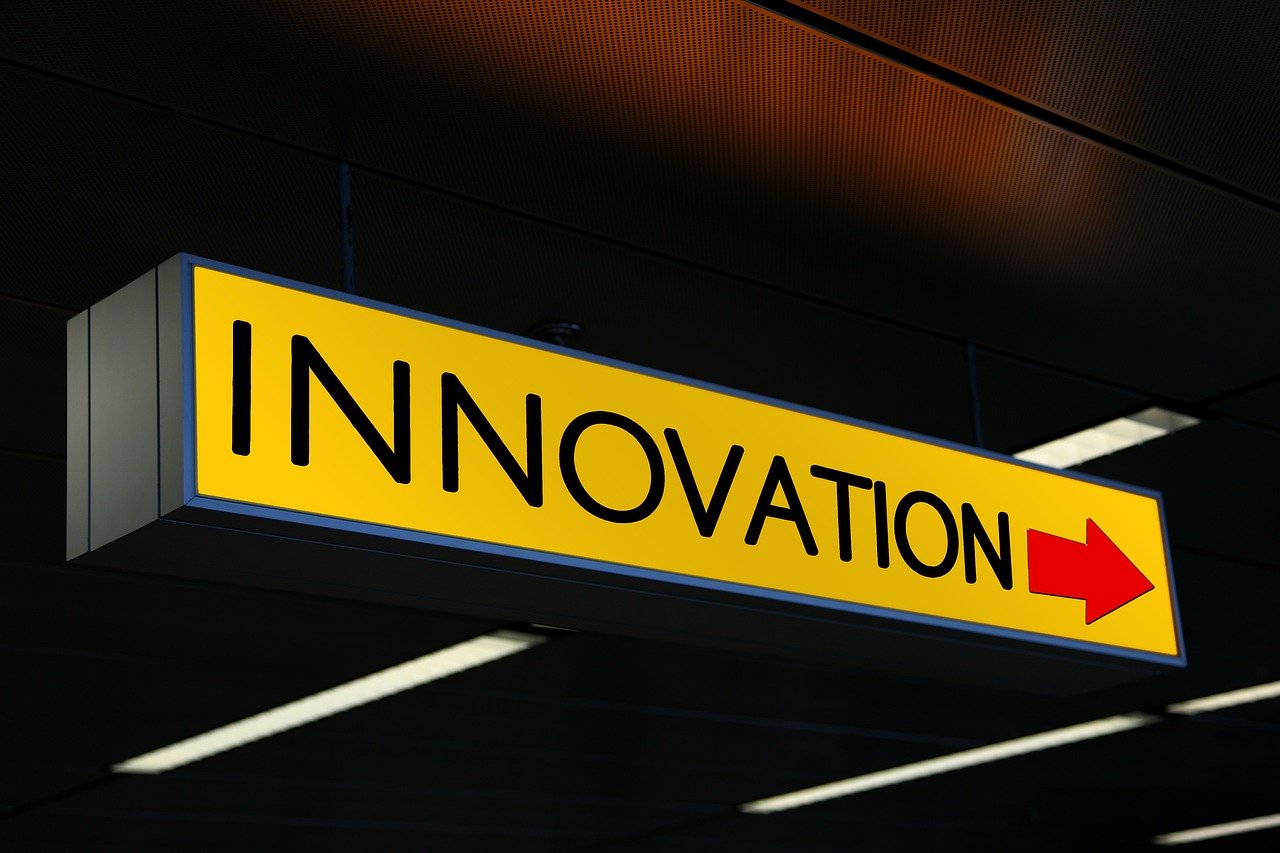Innovation serves as the lifeblood of organizational growth and competitive advantage in today’s rapidly evolving business landscape. Yet many traditional work environments inadvertently create obstacles that stifle creative thinking and hinder breakthrough solutions. Overcoming barriers to innovation in traditional work environments requires a systematic approach that addresses cultural, structural, and technological challenges while fostering an atmosphere where creative ideas can flourish.
The stakes have never been higher for organizations seeking to maintain relevance and market position. Companies that fail to innovate risk obsolescence, while those that successfully cultivate innovative cultures often emerge as industry leaders. Understanding and dismantling these barriers becomes crucial for organizations committed to long-term success and adaptability.
Identifying Common Barriers to Innovation
Traditional work environments often harbor several interconnected obstacles that impede innovative thinking and creative problem-solving. These barriers manifest in various forms across different organizational levels and functions:
- Fear of failure and punishment for unsuccessful attempts
- Rigid hierarchical structures that slow decision-making processes
- Resistance to change from employees comfortable with status quo
- Lack of resources including time, budget, and human capital
- Siloed departments that operate in isolation from one another
- Risk-averse leadership that prioritizes short-term stability over long-term growth
- Inadequate communication channels that prevent idea sharing
- Bureaucratic processes that complicate innovation implementation
| Barrier Type | Impact Level | Difficulty to Address |
|---|---|---|
| Fear of Failure | High | Medium |
| Rigid Hierarchy | Very High | High |
| Resource Constraints | Medium | Low |
| Departmental Silos | High | Medium |
| Resistance to Change | High | High |
Fear of Failure and Risk Aversion
Organizations that cultivate a punitive culture around failure create environments where employees become reluctant to propose new ideas or experiment with novel approaches. This fear of failure manifests when team members observe colleagues being criticized, demoted, or terminated for unsuccessful projects, regardless of the learning opportunities these experiences provide.
Psychological safety emerges as a critical component for innovative thinking. When employees feel secure in their positions and confident that honest mistakes won’t result in severe consequences, they’re more likely to think creatively and propose unconventional solutions. Research consistently demonstrates that teams with high psychological safety generate more innovative ideas and achieve better performance outcomes.
Organizational Silos and Communication Gaps
Departmental silos represent one of the most significant barriers to innovation in traditional organizations. When teams operate in isolation, they miss opportunities for cross-pollination of ideas that often leads to breakthrough innovations. These communication gaps prevent the sharing of expertise, resources, and perspectives that could spark creative solutions.
Silos also create redundant efforts where multiple departments unknowingly work on similar challenges, wasting valuable resources and missing opportunities for collaboration. The lack of transparency between departments means that innovative solutions developed in one area rarely benefit other parts of the organization.
Strategies to Foster an Innovative Culture

Creating an environment that nurtures innovation requires deliberate cultural transformation supported by concrete actions and sustained commitment from all organizational levels. Successful innovation cultures share common characteristics that organizations can systematically develop and reinforce.
Encouraging Cross-Functional Collaboration
Cross-functional collaboration breaks down the barriers between departments and creates opportunities for diverse perspectives to intersect. When individuals with different expertise, backgrounds, and thinking styles work together, they often generate more creative and comprehensive solutions than homogeneous teams.
Organizations can facilitate this collaboration through several mechanisms:
- Mixed project teams that include representatives from multiple departments
- Innovation workshops that bring together diverse stakeholders
- Regular interdepartmental meetings focused on problem-solving
- Shared workspace designs that encourage spontaneous interactions
- Cross-training programs that help employees understand other departments’ functions
Leadership Support and Vision
Leadership plays a pivotal role in establishing and maintaining an innovative culture. Transformational leaders who articulate clear innovation visions and consistently support creative initiatives signal to their organizations that innovation represents a strategic priority rather than an optional activity.
Effective innovation leadership involves providing both emotional and material support for creative endeavors. This includes allocating adequate resources, celebrating both successes and intelligent failures, and demonstrating personal commitment to innovative thinking through actions and decision-making processes.
Implementing Structural Changes

Structural modifications often prove necessary to remove systemic barriers that impede innovation. These changes address the organizational framework within which employees operate and can significantly impact the speed and effectiveness of innovative initiatives.
Flattening Hierarchies
Traditional hierarchical structures often create bottlenecks that slow decision-making and discourage initiative from lower organizational levels. Flattening hierarchies empowers employees at all levels to contribute ideas and make decisions within their areas of expertise.
Benefits of reduced hierarchical layers include:
- Faster decision-making processes
- Increased employee empowerment and engagement
- Better information flow between organizational levels
- Reduced bureaucratic overhead
- Enhanced responsiveness to market changes
Organizations implementing flatter structures often observe increased innovation rates as employees feel more ownership over their work and greater confidence in proposing new approaches.
Flexible Work Environments
Flexible work arrangements contribute to innovation by allowing employees to work when and where they’re most creative and productive. This flexibility acknowledges that innovative thinking doesn’t always occur within traditional office hours or conventional workplace settings.
Flexible environments support innovation through various mechanisms including reduced stress levels, improved work-life balance, access to diverse environments that stimulate creativity, and increased autonomy that fosters ownership and initiative.
Leveraging Technology and Tools
Modern technology provides powerful tools for overcoming traditional barriers to innovation. These technological solutions can facilitate idea generation, collaboration, and implementation while reducing the friction associated with innovative processes.
Innovation Management Software
Innovation management platforms provide structured approaches to capturing, evaluating, and developing new ideas within organizations. These tools create systematic processes for innovation while maintaining transparency and accountability throughout the development cycle.
Key features of effective innovation management software include idea submission portals, collaborative evaluation systems, project tracking capabilities, and integration with existing business systems. Organizations using these platforms often see increased participation in innovation activities and better success rates for implemented ideas.
Communication Platforms
Advanced communication platforms enable seamless collaboration across geographic and departmental boundaries. These tools support real-time communication, document sharing, and project coordination that are essential for collaborative innovation.
Modern communication platforms offer features such as video conferencing, shared workspaces, instant messaging, and integration with productivity tools. By reducing communication barriers, these platforms enable more effective collaboration and faster iteration on innovative ideas.
| Technology Type | Primary Innovation Benefit | Implementation Complexity |
|---|---|---|
| Innovation Management Software | Systematic idea development | Medium |
| Communication Platforms | Enhanced collaboration | Low |
| Project Management Tools | Improved execution | Low |
| Data Analytics Platforms | Evidence-based decisions | High |
Organizations must carefully select and implement technologies that align with their specific innovation goals and organizational culture. The most effective technological solutions integrate seamlessly with existing workflows while providing clear value to users.
Innovation in traditional work environments requires sustained effort and commitment to cultural, structural, and technological transformation. Organizations that successfully overcome these barriers often discover that the investment in innovation capabilities pays dividends through improved competitiveness, employee engagement, and long-term sustainability. The journey toward becoming an innovative organization begins with recognizing existing barriers and taking concrete steps to address them systematically.
By implementing comprehensive strategies that address cultural attitudes, organizational structures, and technological capabilities, traditional organizations can transform themselves into innovation powerhouses capable of thriving in an increasingly dynamic business environment. The key lies in maintaining persistence and commitment to the innovation journey, even when progress seems slow or obstacles appear insurmountable.
According to Harvard Business Review, organizations that successfully foster innovation cultures consistently outperform their competitors across multiple metrics including revenue growth, market share, and employee satisfaction, demonstrating the tangible benefits of overcoming innovation barriers in traditional work environments.

